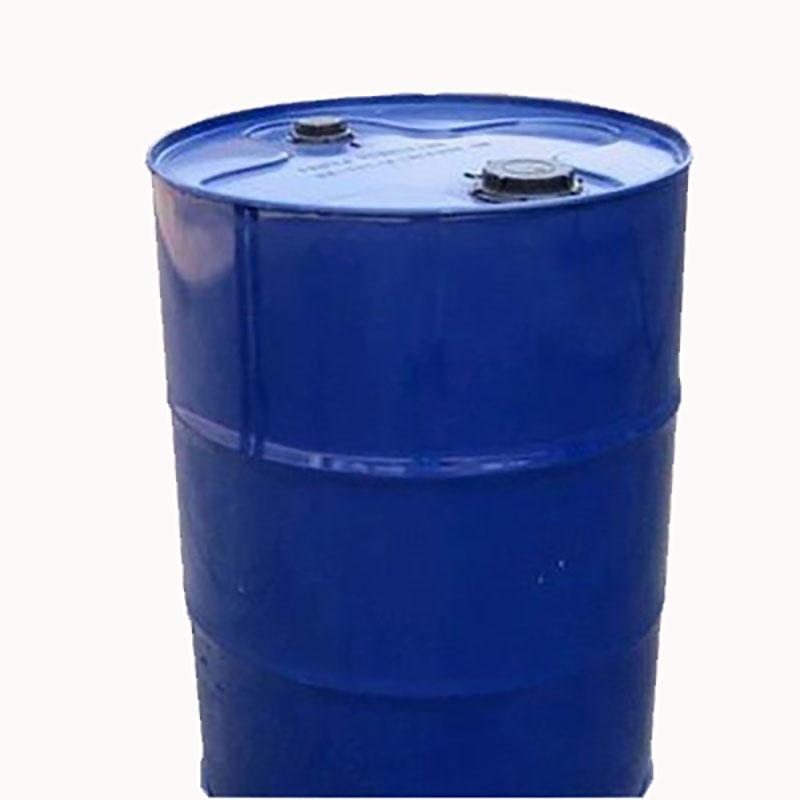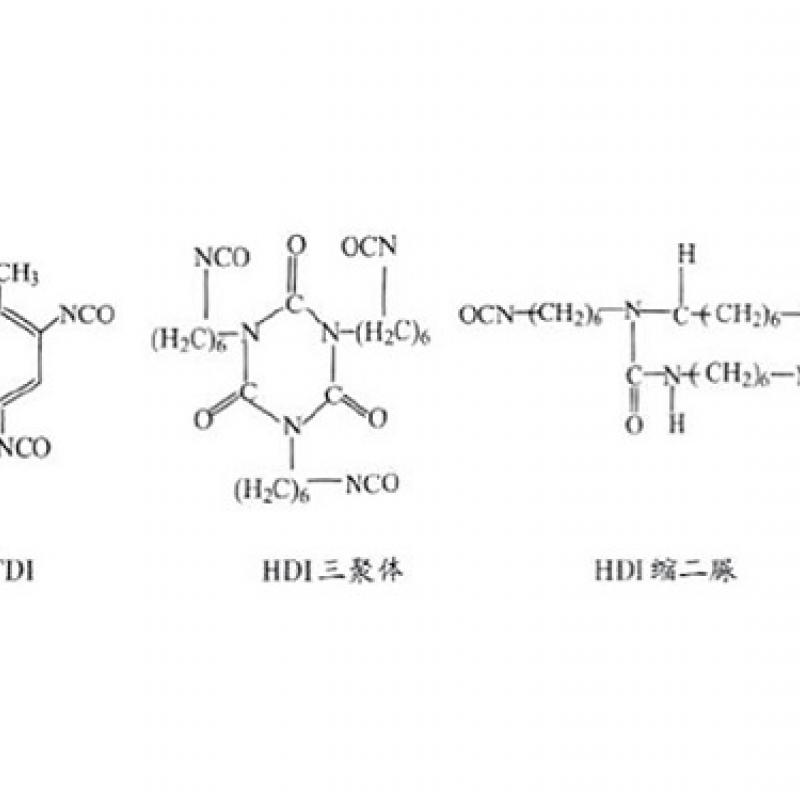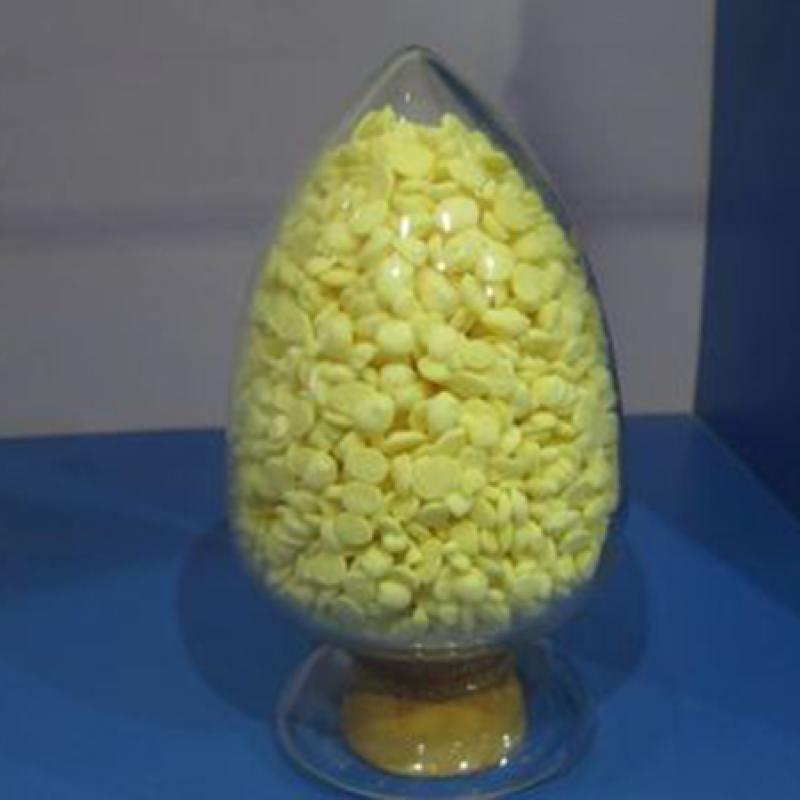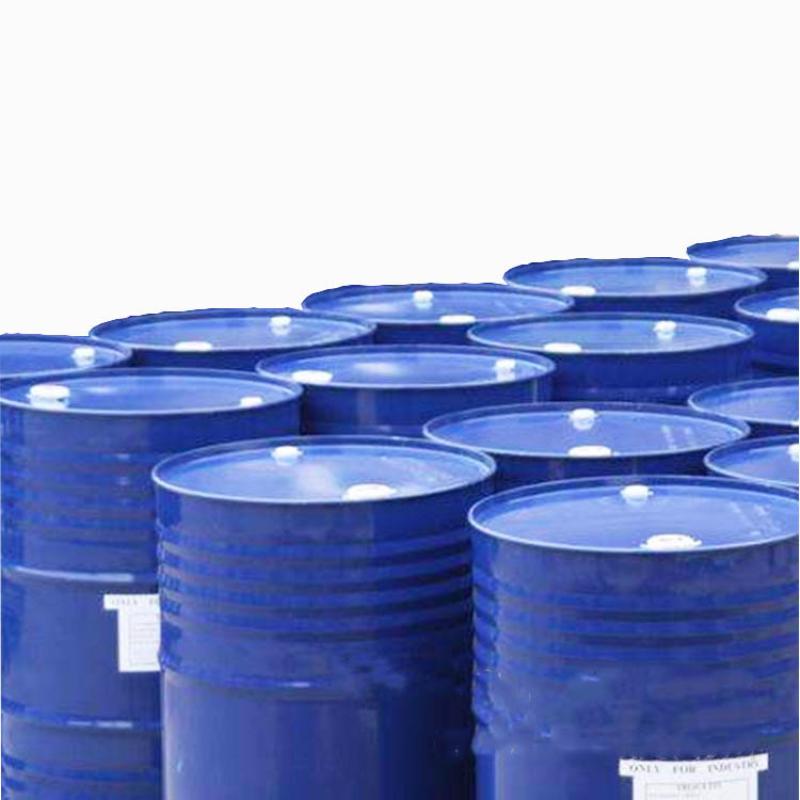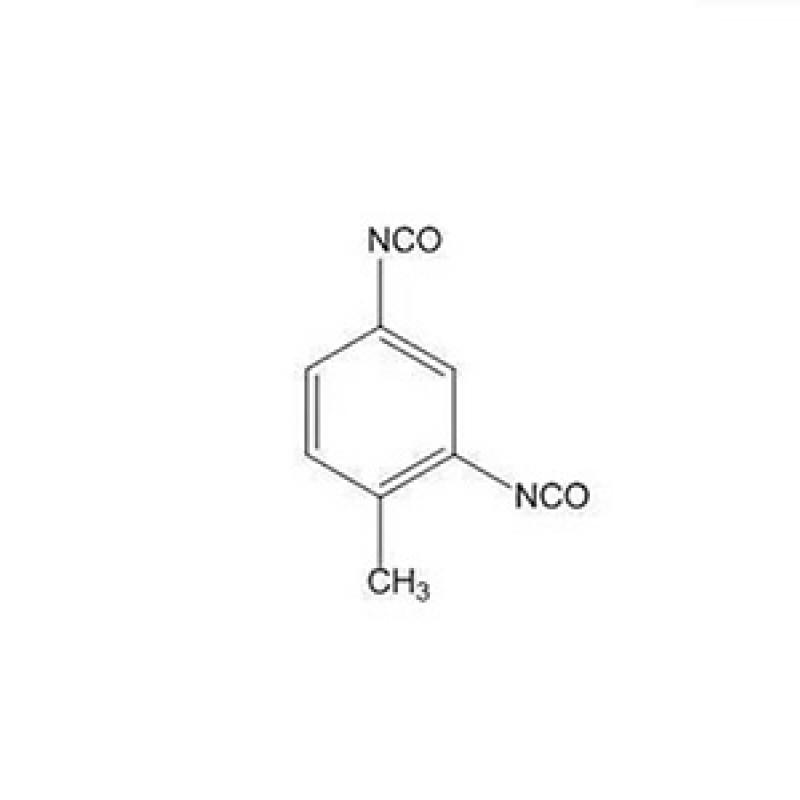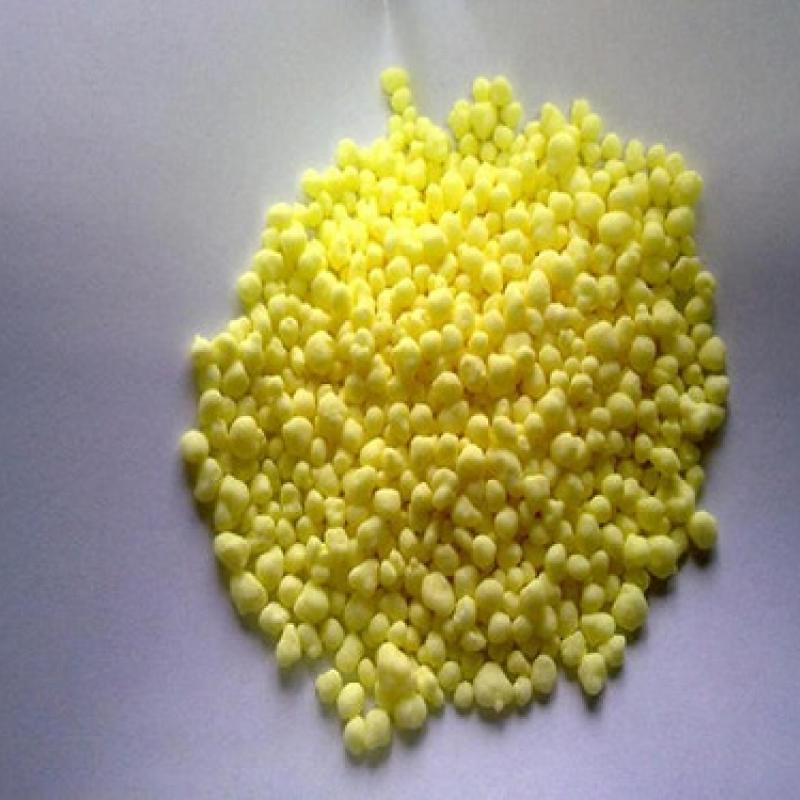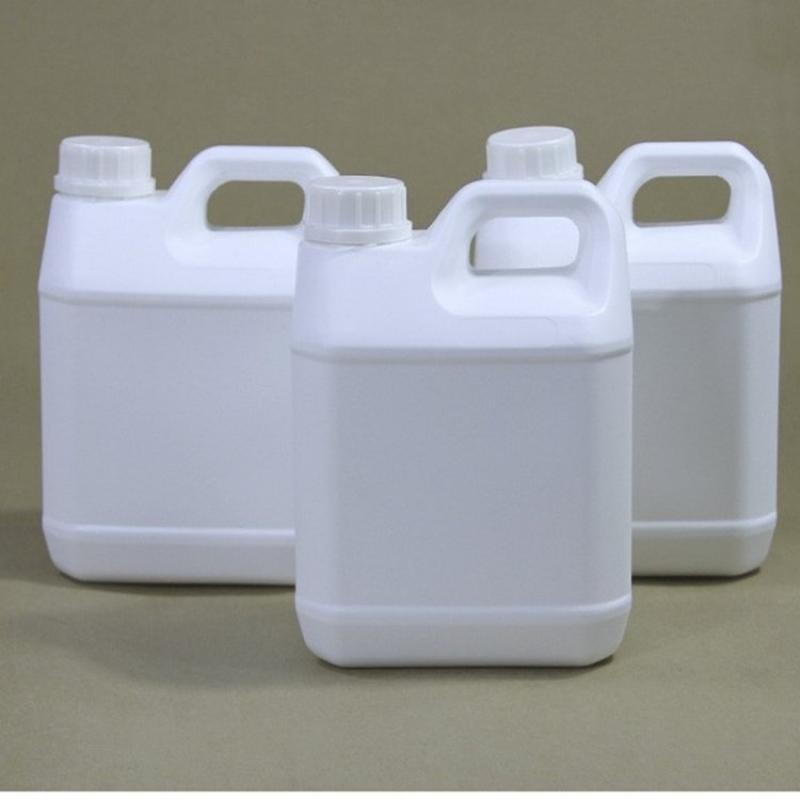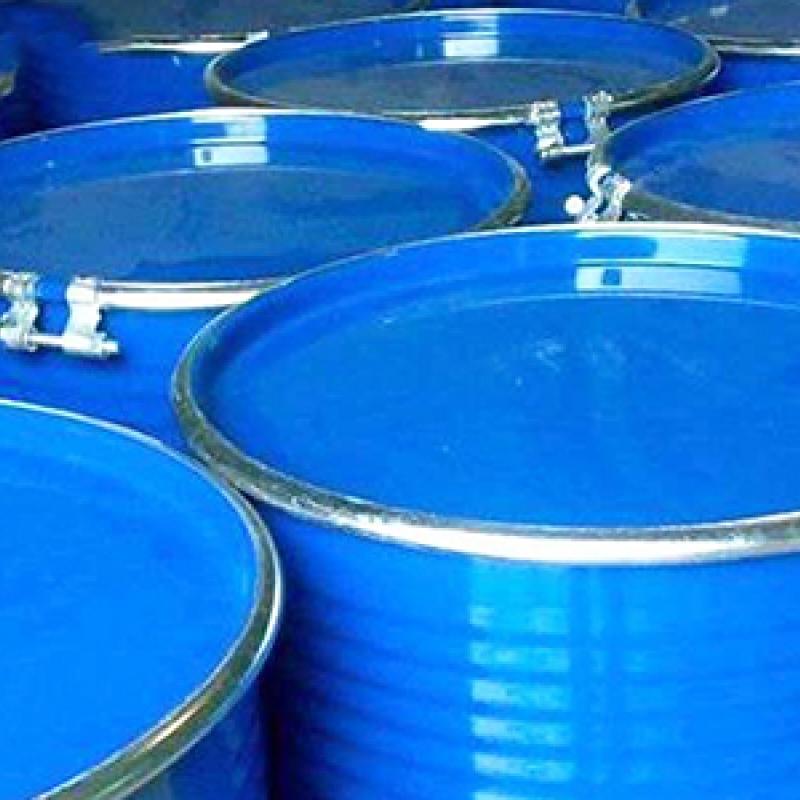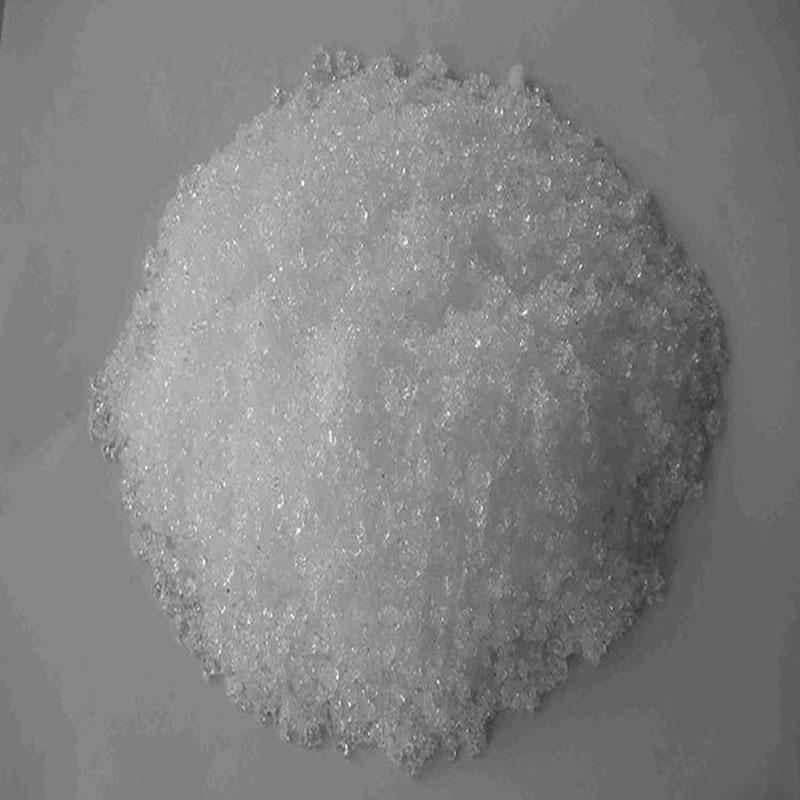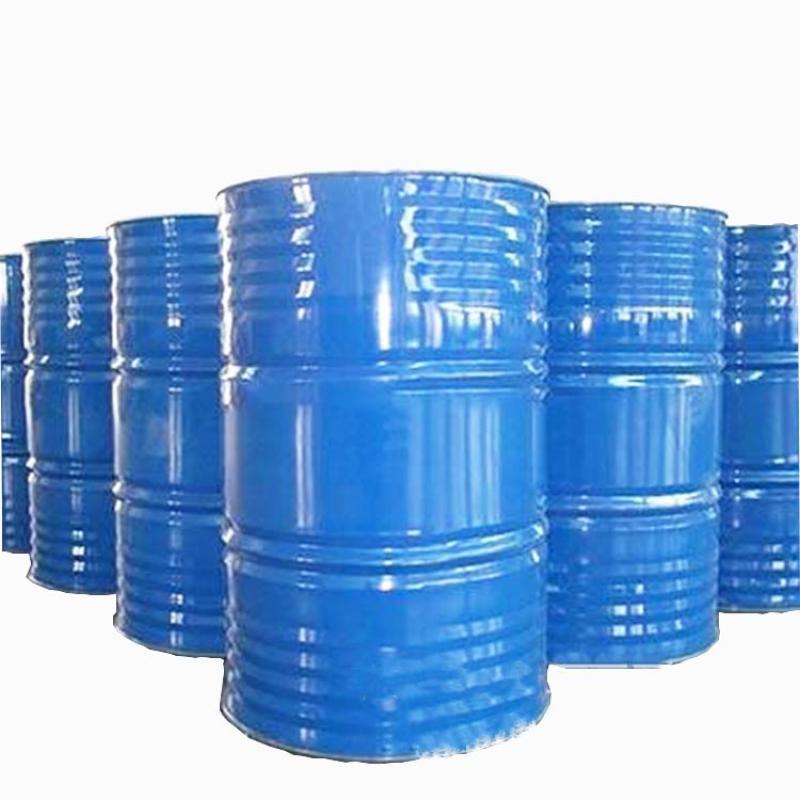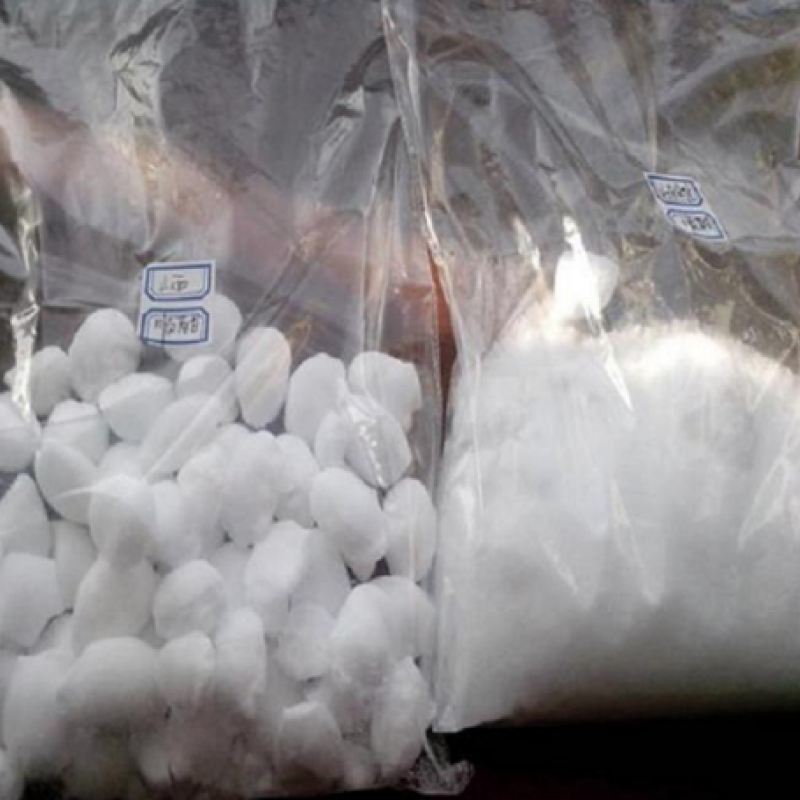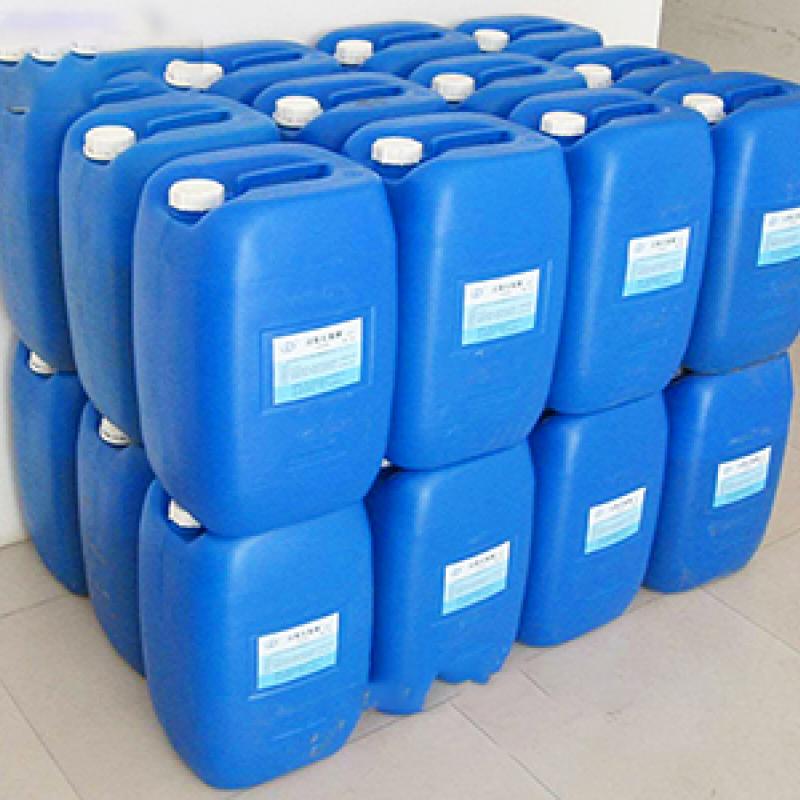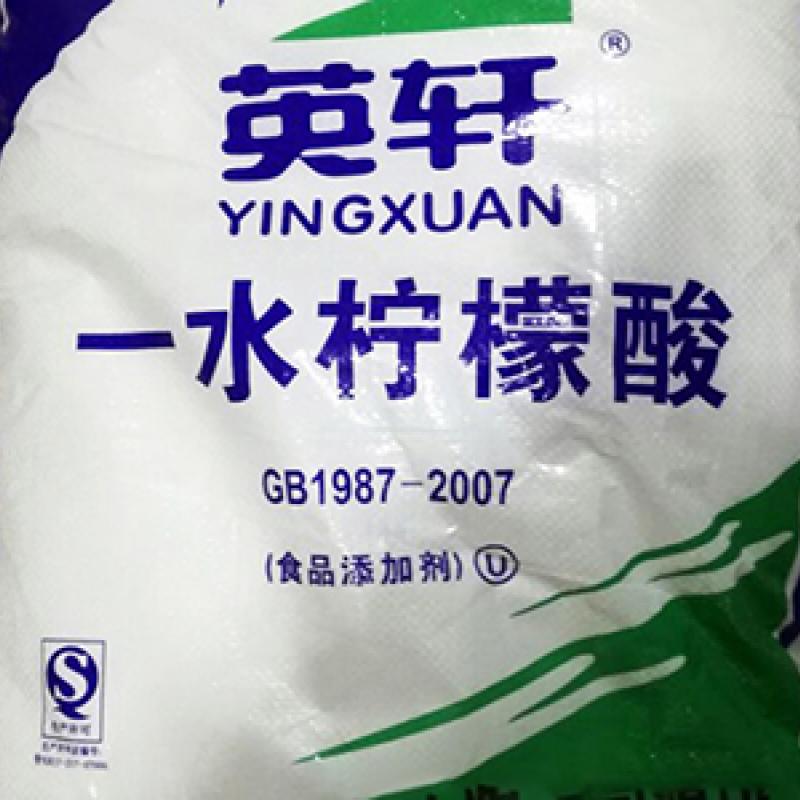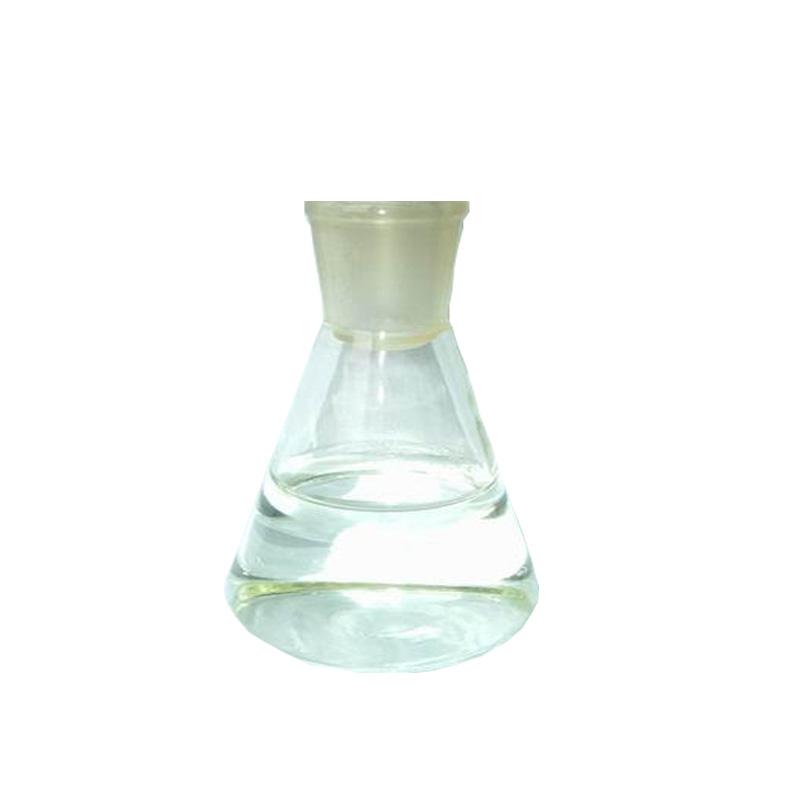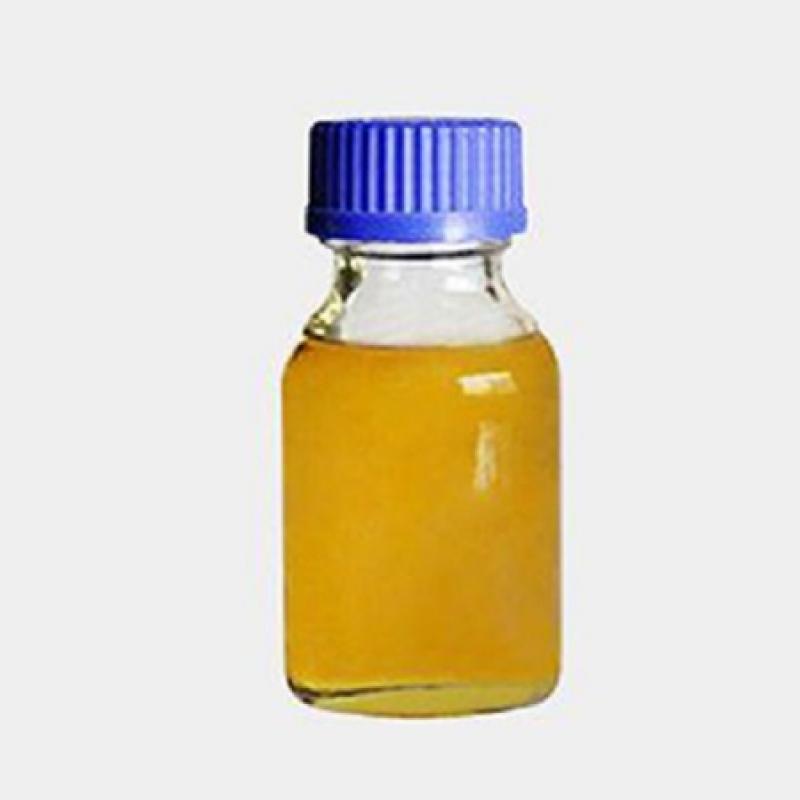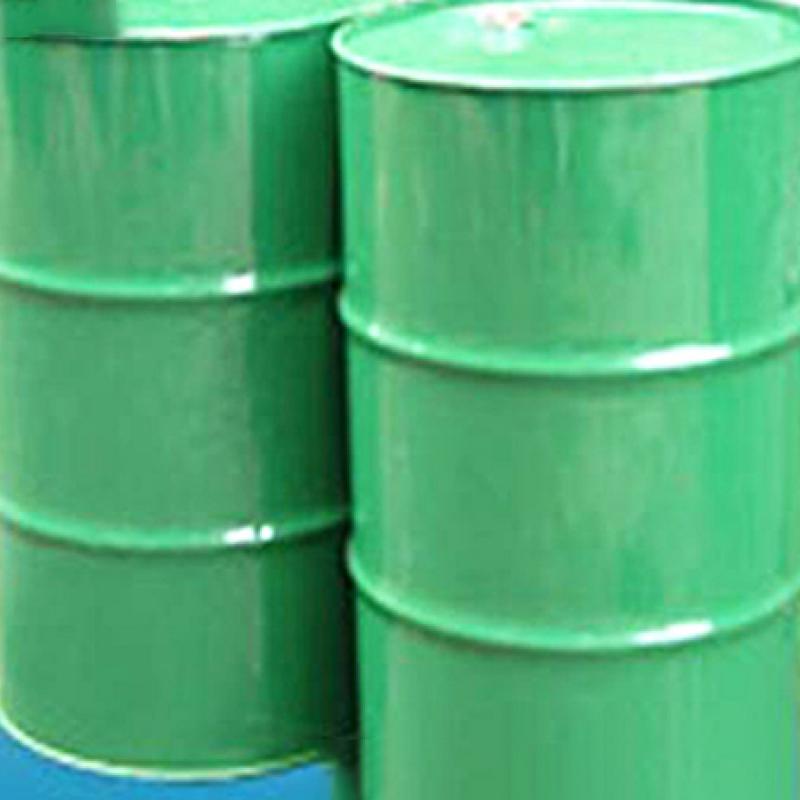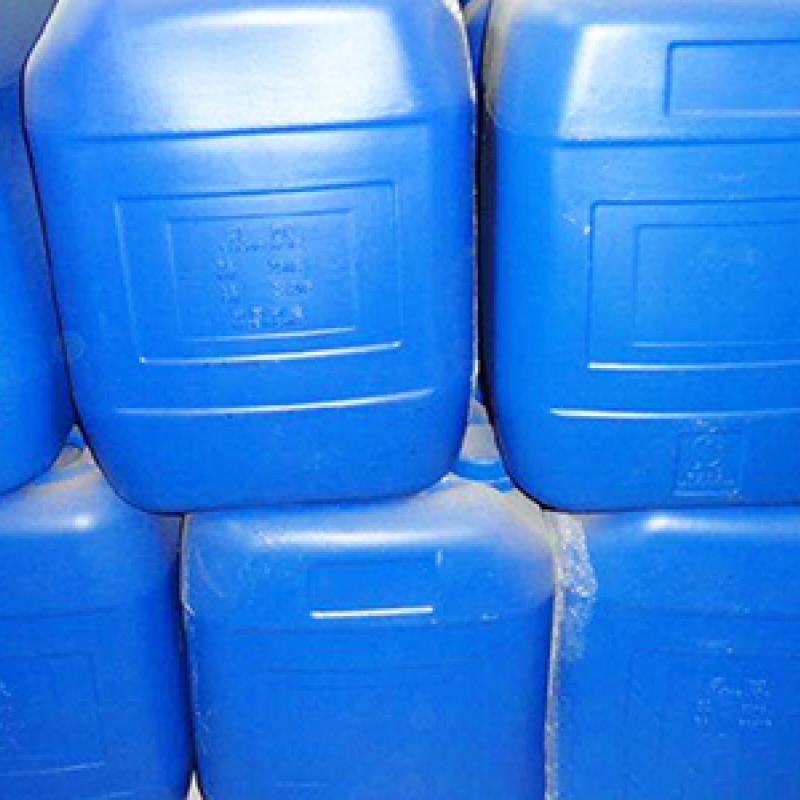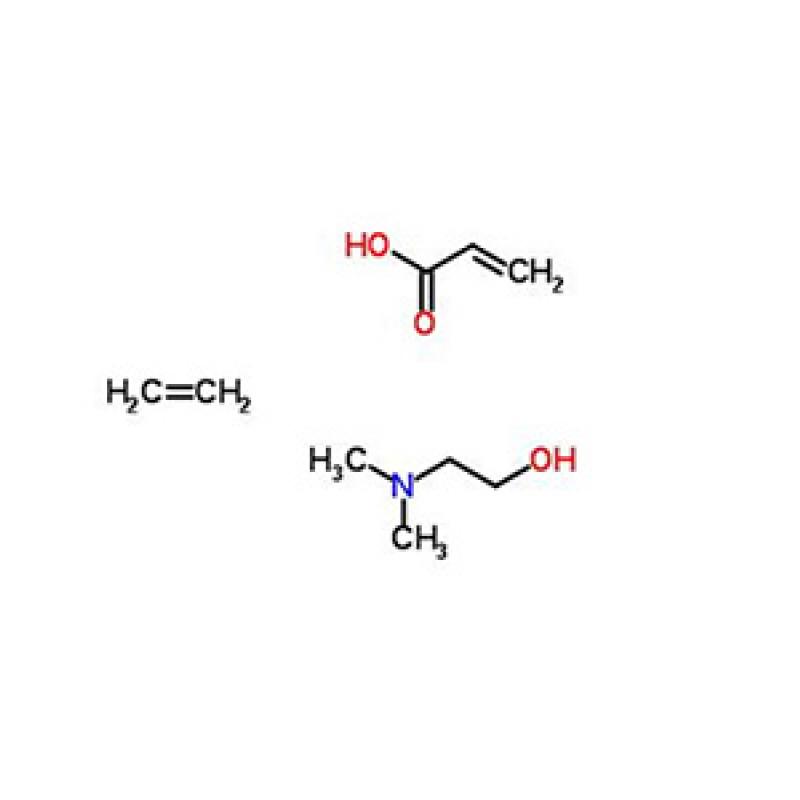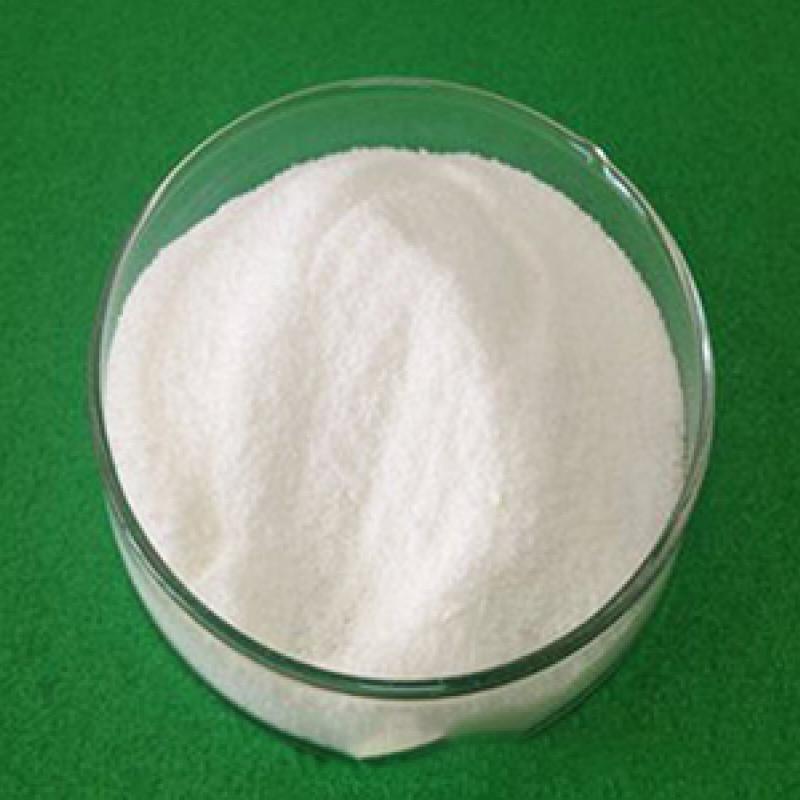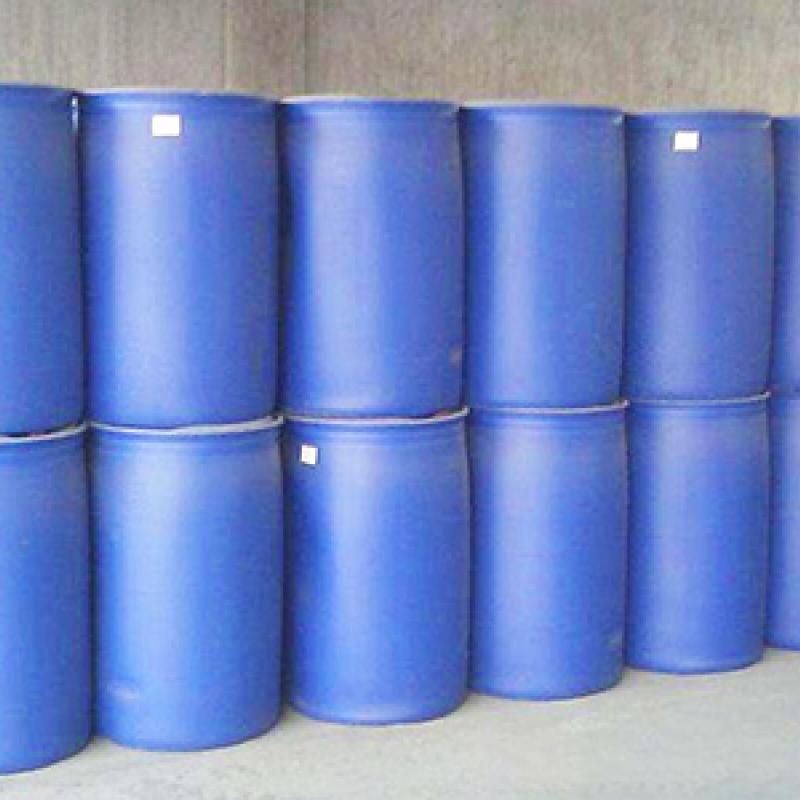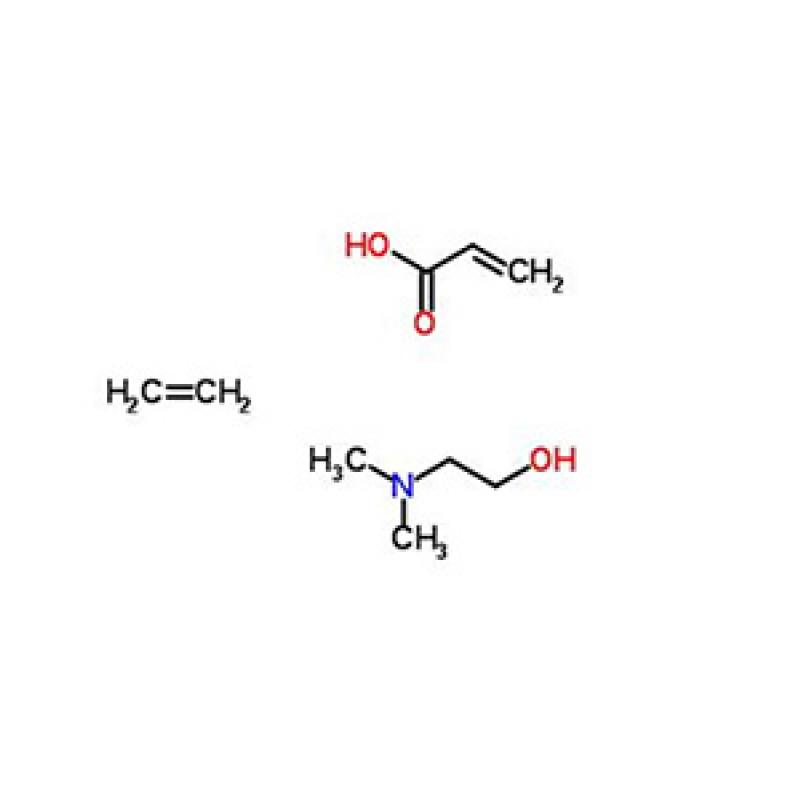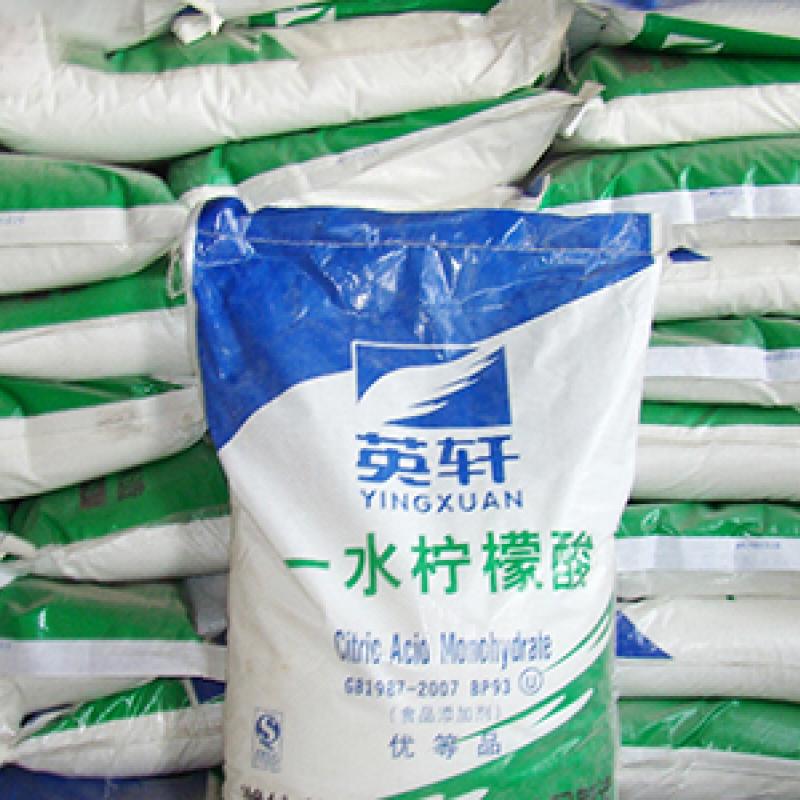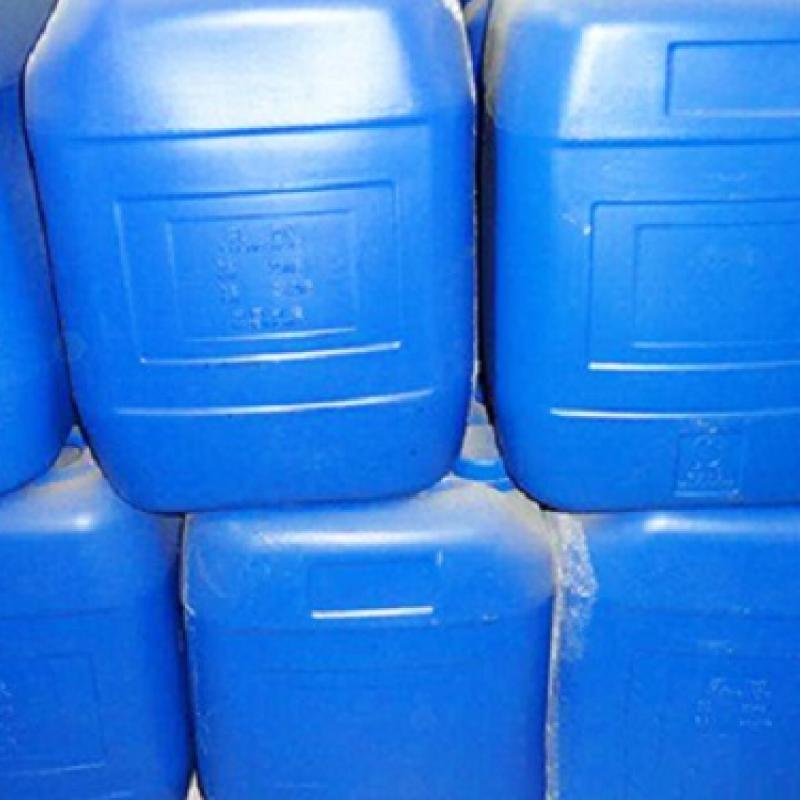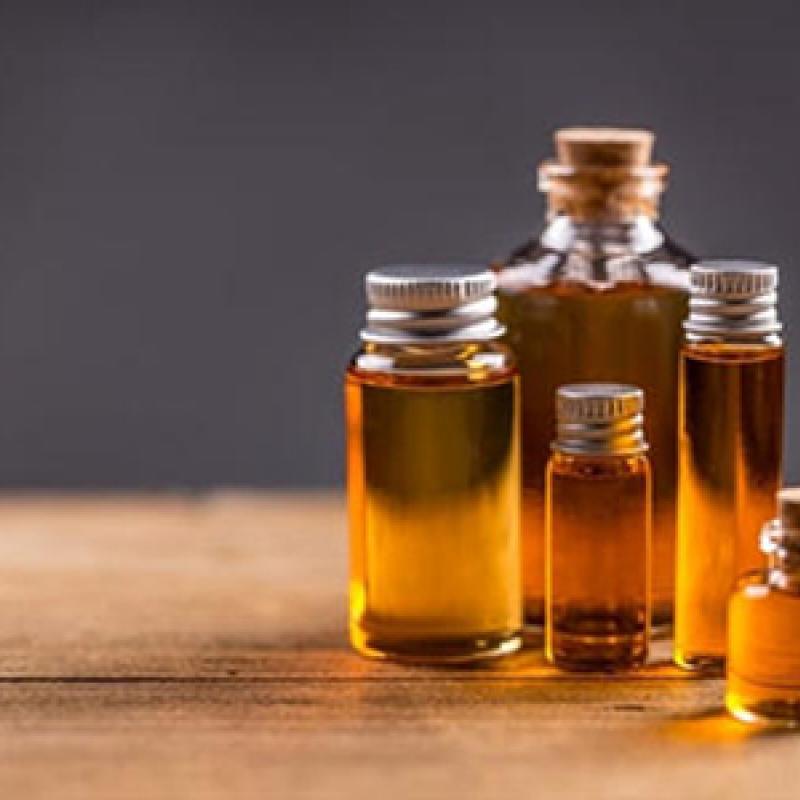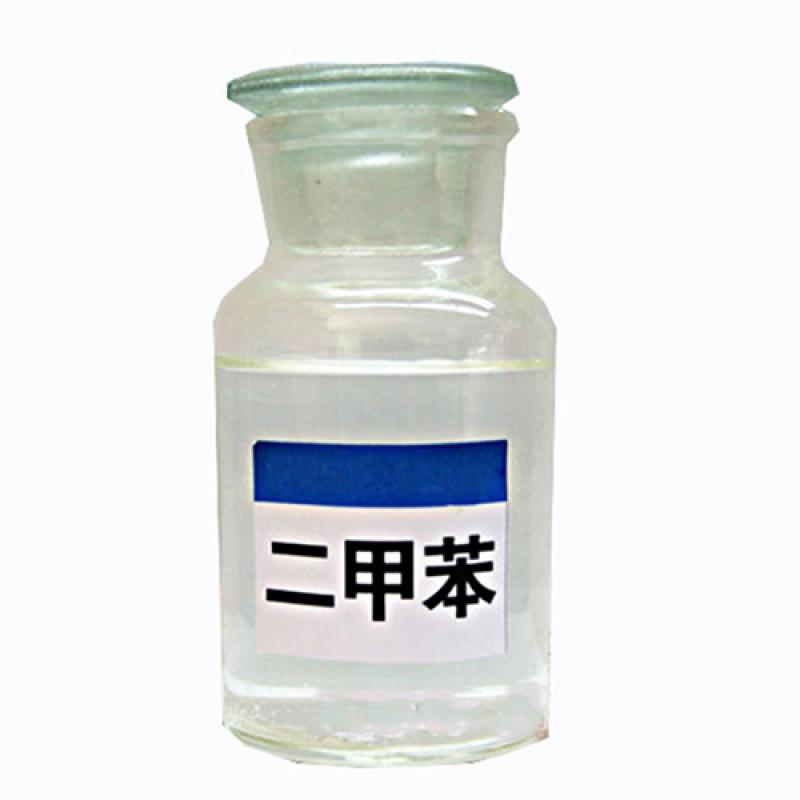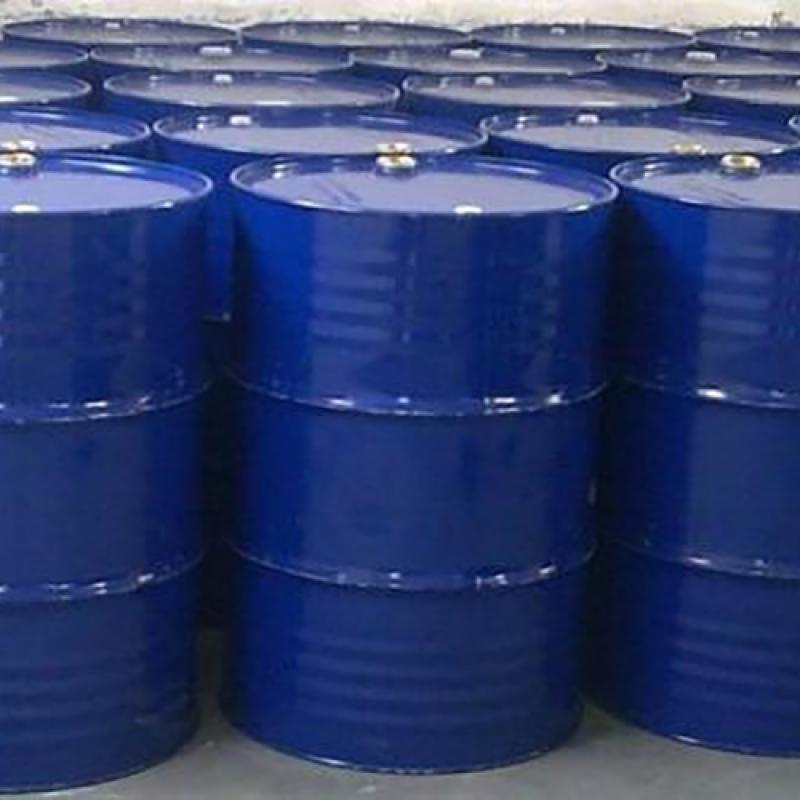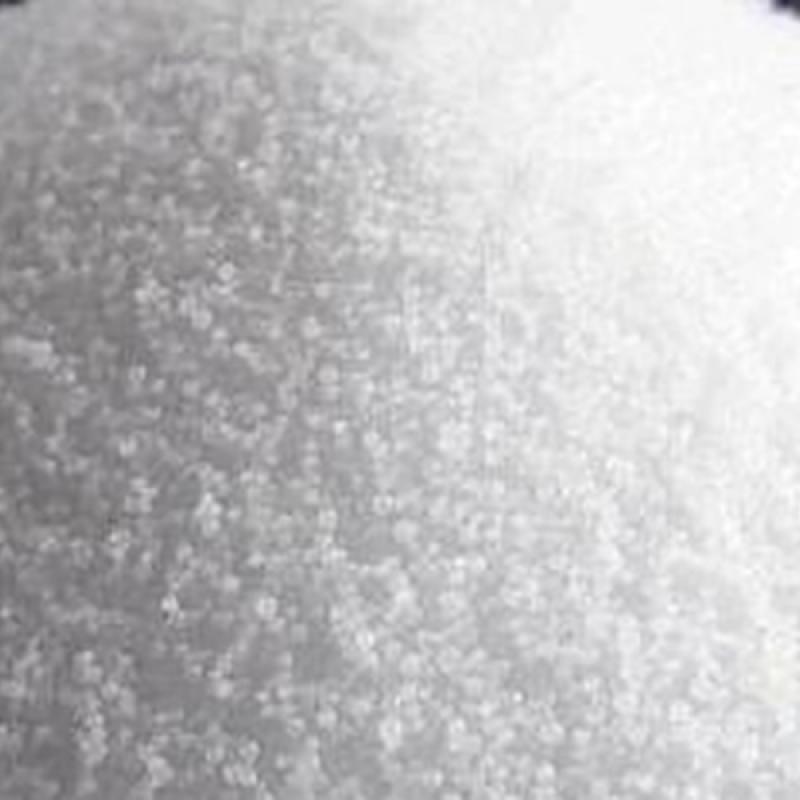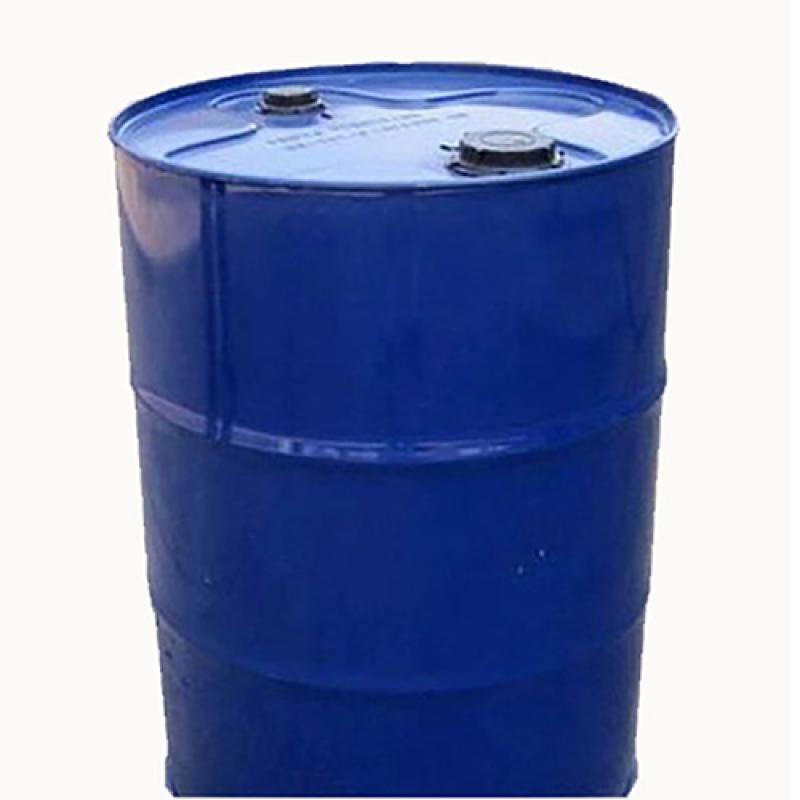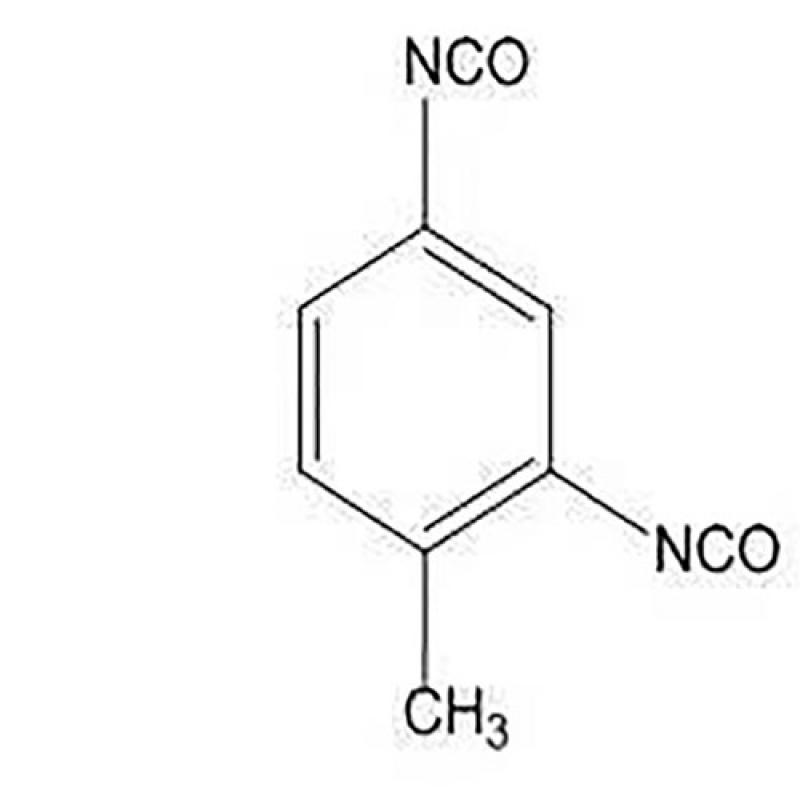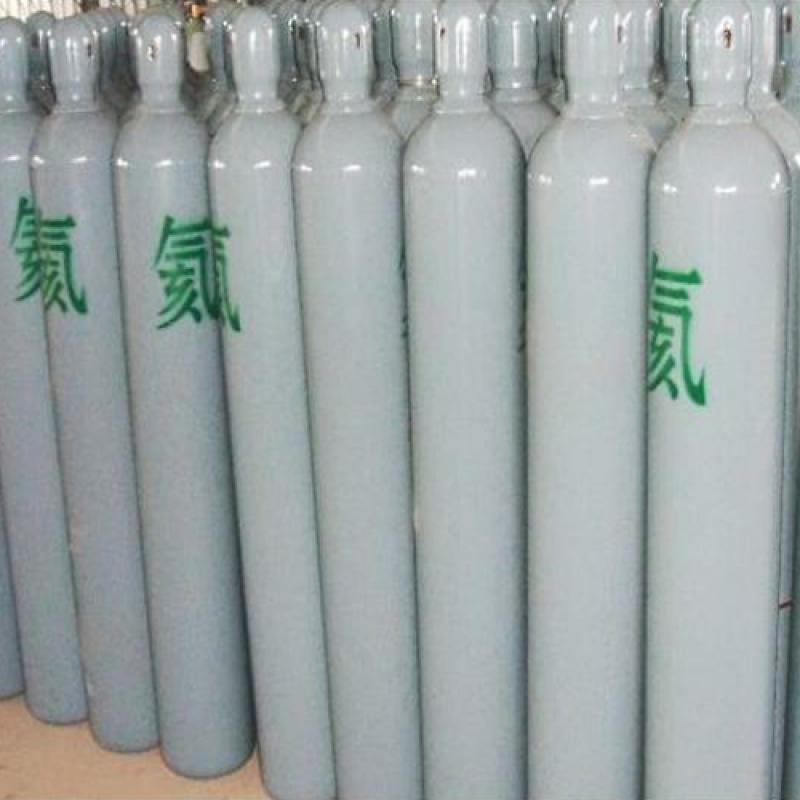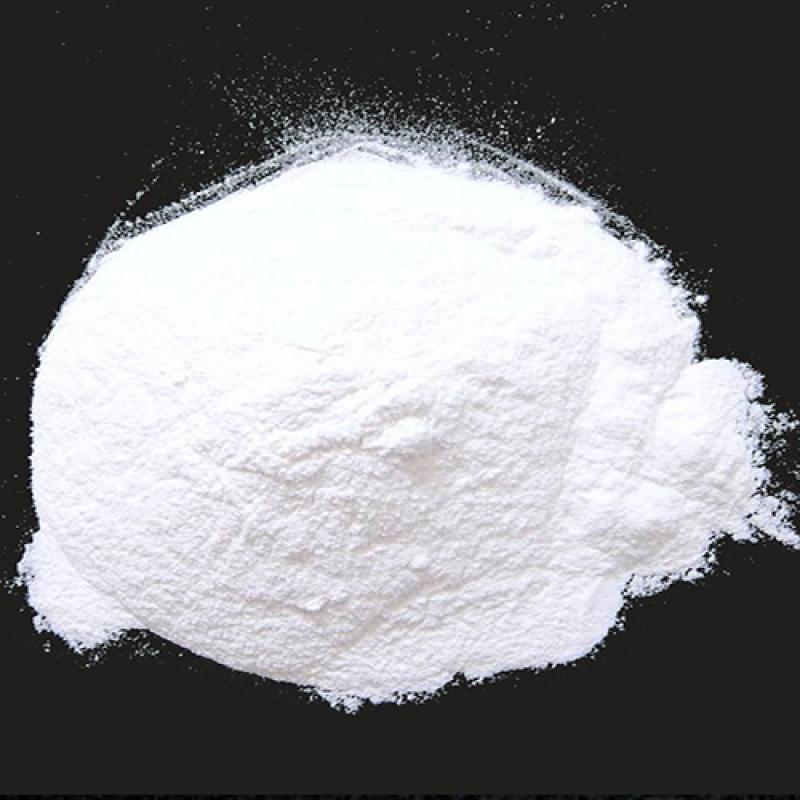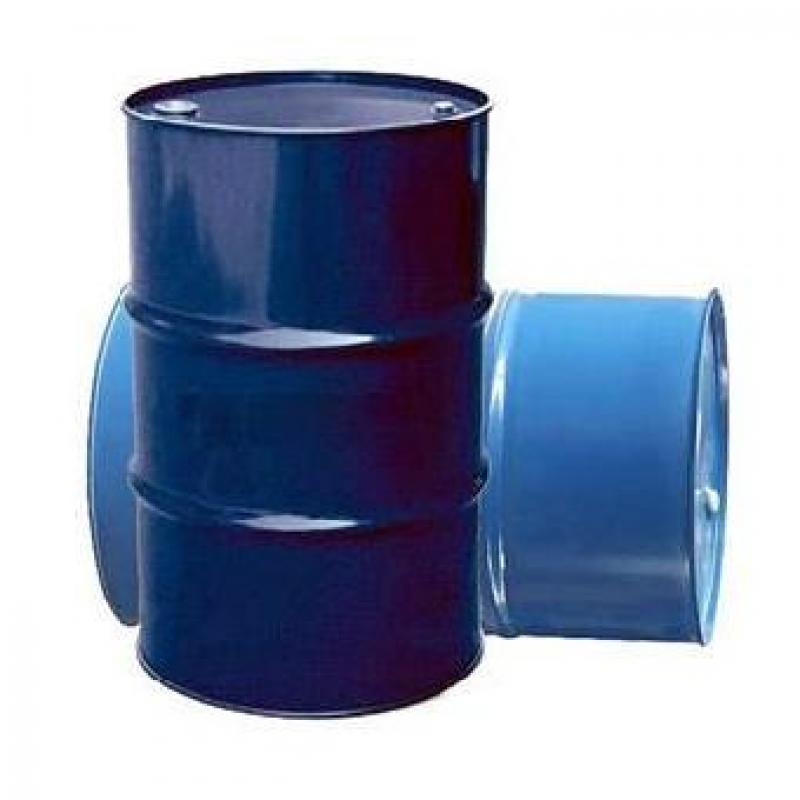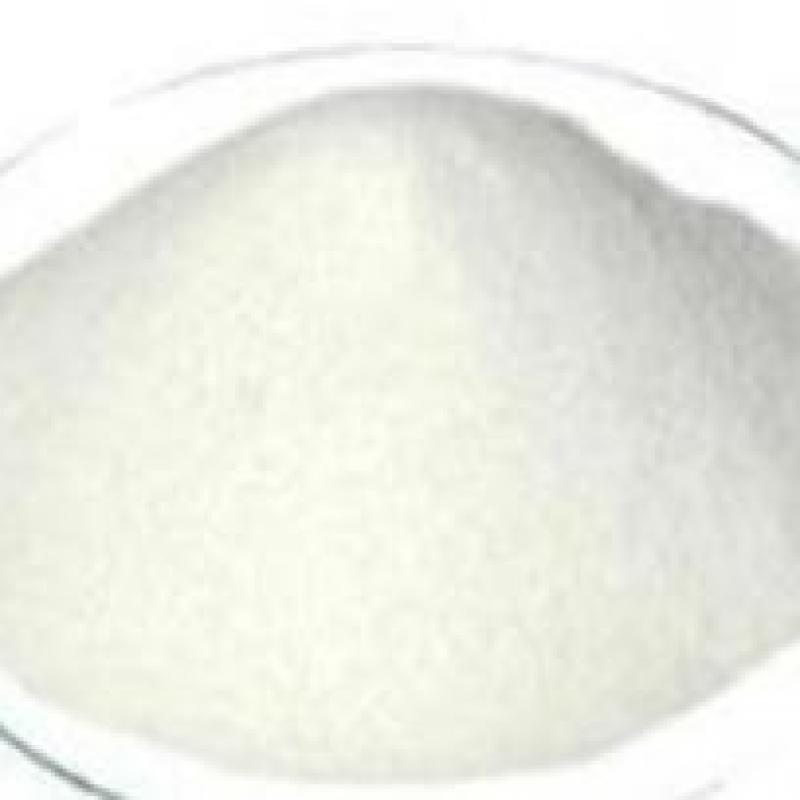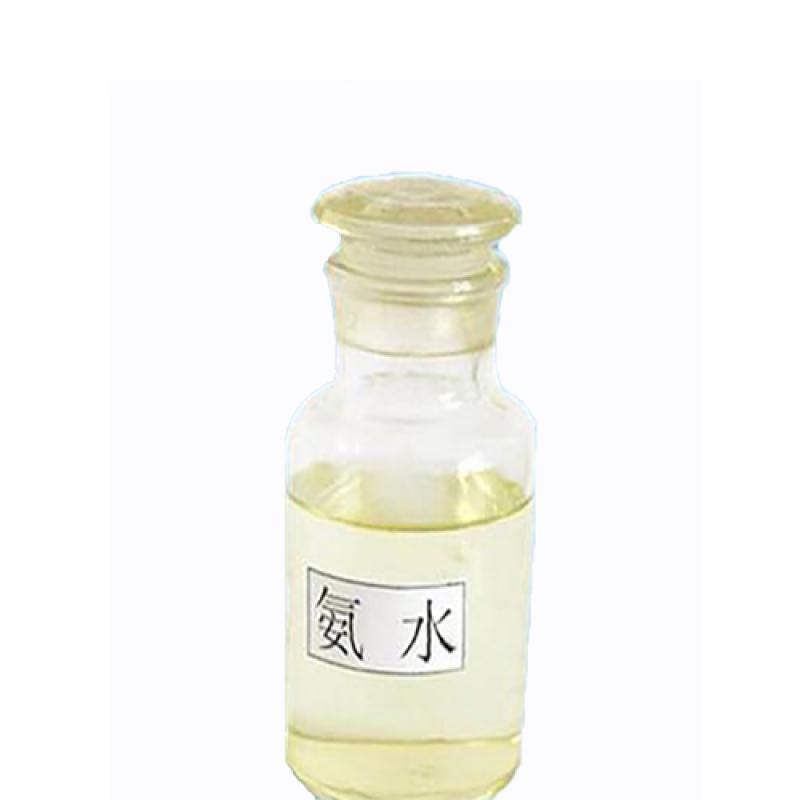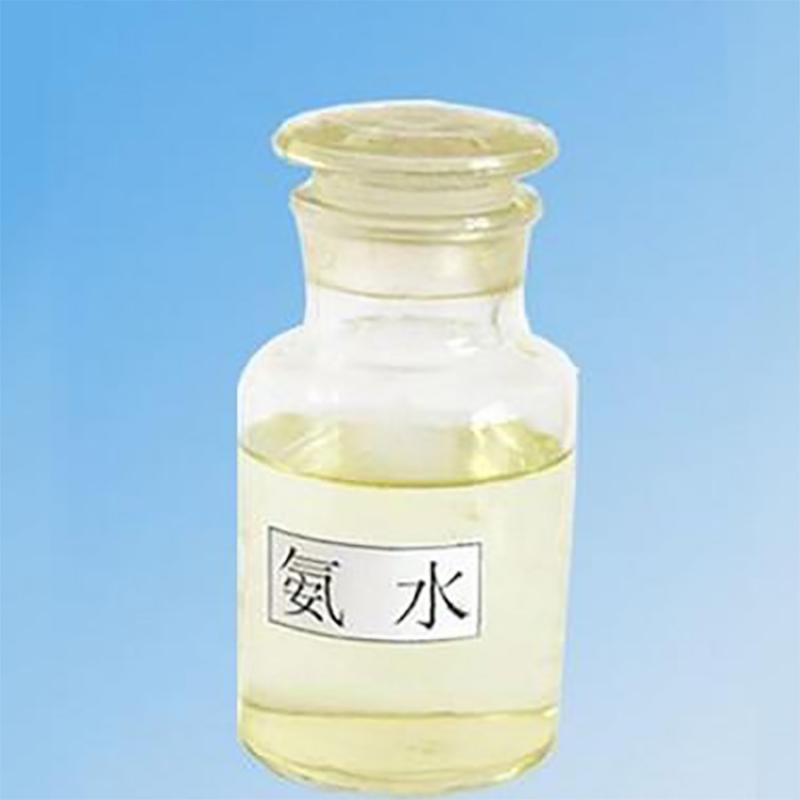2 4-toluene Diisocyanate-manufacture,factory,supplier from China
(Total 24 Products for 2 4-toluene Diisocyanate)
The toluene diisocyanate has 2,4-toluene diisocyanates and 2,6-toluene diisocyanate (TDI).
Contact Now
There are two isomers of 2,4-toluene diisocyanate and 2,6-toluene diisocyanate (TDI). According to the content of the two isomers, there are three standard products in the industry: (1) TDI-65 contains 2,4-TDI65%, 2,6-TDI35%; (2) TDI-80 contains 2,4- TDI80%, 2,6-TDI20%, more common; (3) TDI-100 contains 2,4-TDI100%. Carbon dioxide occurs with water effect. Easy to work with compounds containing active hydrogen atoms. Linear polyurethane or polyurethane resin with diol effect.
Contact Now
Product Quality: Chemical Abstracts Number: 101-14-4
Appearance: Light yellow to white granular crystals (semi-circular) white to light yellow loose crystals, heating is made black. Microfincture.
Content: ≥ 85%
Melting point: 98-102 ° C
Dry loss: ≤0.2%
Contact Now
Methyl Isobutyl Ether ether is also known as methyl isobutone, 4-methyl-2-pentanone.
Contact Now
Miscible with ether, diethylene glycol, acetone, carbon tetrachloride, benzene, chlorobenzene, kerosene and olive oil. It can react with hydroxyl-containing compounds, water, amines and compounds with active hydrogen atoms to generate carbamate, urea, semicarbazide, etc. Toluene is nitrated with mixed acid to obtain 2,4- and 2,6-dinitrotoluene, and then hydrogenated and reduced in the presence of nickel catalyst to obtain 2,4- and 2,6-diaminotoluene, which is then reacted with light in chlorobenzene solution. produced by gas reaction.
Contact Now
1.4, 4 '- methylene bis (2-chlorocene)
The molecular weight is 267.15, the molecular formula is C13H12N2 CL2
Contact Now
Methyl 2-chloropropionate is an organic compound with the chemical formula C4H7ClO2, mainly used as an intermediate in pesticides, pharmaceuticals, and spices.
Contact Now
Appearance: watery bright liquid with pleasant ketone-like fragrance.Main uses: Used as a solvent for spray paint, nitrocellulose, some fiber ethers, camphor, grease, natural and synthetic rubber.Precautions for storage and transportation: Store in a cool and ventilated warehouse. Keep away from kindling and heat sources. The warehouse temperature should not exceed 30℃. Avoid direct sunlight. Keep the container sealed. It should be stored separately from oxidant. Lighting, ventilation and other equipment in the storage room should be explosion-proof.
Contact Now
Dibenylmethane diisocyanate, referred to as "MDI", is an organic substance, a chemical formula C15H10N2O2.
Contact Now
M-xylene is an organic compound with a molecular formula C8H10, a molecular weight of 106, a colorless concussion liquid, a odor like toluene.
Contact Now
1. Used to produce 1,4-butanediol γ- Butyrolactone, tetrahydrofuran, succinic acid, unsaturated polyester resin, alkyd resin and other raw materials are also used in and pesticides.
2. Act as collector in metal beneficiation.
3. It is used in organic synthesis and also as an intermediate of synthetic fiber.
4. Maleic anhydride is an important basic raw material of unsaturated organic anhydride.
Contact Now
Physical and chemical properties:
(1) Melting point (° C): - 2
(2) Boiling point (° C): 158 (no water)
(3) Relative density (water = 1): 1.46
(4) Relative density (air = 1): no material
(5) Solubility: dissolved in water, alcohol, ether, insoluble in benzene, petroleum ether
(6) Stability: unstable, protected from light
(7) Preventing the conditions of touch (taboo): strong acid, strong alkali, acyl chloride, alcohol, amine, flammable or combustible materials.
Contact Now
citric acid is without problems soluble in water and ethanol, its solubility is 59% at 20℃, and the ph of its 2% aqueous solution is 2.1.
Contact Now
Ethylene glycol ether (2-ethoxyethanol) is an organic compound with a molecular formula of C4H10O2 and a molecular weight of 90.12. It is a colorless and transparent liquid.
Contact Now
The molecular weight is 119.16, the melting point is -21°C, the flash point is 127°C, the freezing point is -21°C, and the refractive index is 1.4678. The viscosity (20°C) is 101 MPa·sec. The latent heat of vaporization is 519.16KJ/Kg. Colorless or light yellow viscous liquid, boiling point 247℃, soluble in water and ethanol, slightly soluble in ether. Flammable. It is non-toxic, LD504780mg/kg. It is a new solvent for selective desulfurization and decarbonization with excellent performance.
Contact Now
Physical nature
Colorless concierge fluids have a fierce scent. Insoluble in water, dissolved in ethanol and ether.
Benzyl alcohol, paf alcohol, 2-chloroethanol, ethylene glycol, furfural, dimethylformamide and acetonitrile were dissolved at room temperature. No corrosive metal.
Contact Now
The lactate dehydrogenase is converted to a left lactic acid during the fermentation process. Lactic acids are constantly occurring in general metabolism and motion, but its concentration generally does not rise. Only in the lactic acid occurs, lactic acid cannot be transported in time to increase. The lactic acid transport speed is affected by a series of factors, and includes a monocarboxy-dient, lactate dehydrogenase concentration and isomer form, and the oxidative capacity arranged.
Contact Now
The melting point is 13.5°C, the boiling point is 140.9°C, and the density (20/4°C) is 1.0611g/cm3. The chemical nature is lively. It is easy to polymerize in air and can be reduced to propionic acid by hydrogenation. Addition with hydrogen chloride generates 2-chloropropionic acid. Used in the preparation of acrylic resins and other organic synthesis. It is made by oxidation of acrolein or hydrolysis of acrylonitrile, or made by carbon monoxide, acetylene and water under the action of nickel catalyst.
Contact Now
citric acid is without problems soluble in water and ethanol, its solubility is 59% at 20℃, and the ph of its 2% aqueous solution is 2.1.
Contact Now
Chemical nature:
Forbidden qualitative: strong oxidizing agent, strong reducing agent, strong acid, strong base.
Ecological nature:
Ecotoxicity
EC50: 1.2 ~ 1.51mg / L (luminous bacteria, microtox toxicity test)
Biodegradability
Miti-I test, initial concentration of 100 mg / L, sludge concentration 30 mg / L, 2 weeks later degraded 77%.
Non-biodegradability
In the air, when the hydroxyl radical concentration is 5.00 × 105 / cm3, the degradation of the half-life is 7.8d (theory).
Other harmful effects
The material is damaged by the environment and should pay spe
Contact Now
Addition with hydrogen chloride generates 2-chloropropionic acid. Used in the preparation of acrylic resins and other organic synthesis. It is made by oxidation of acrolein or hydrolysis of acrylonitrile, or made by carbon monoxide, acetylene and water under the action of nickel catalyst.
Contact Now
its density is 1.542g/cm3, its melting point is 153-159℃, and water and carbon dioxide are differentiated and launched above a hundred seventy five℃. citric acid is without problems soluble in water and ethanol, its solubility is 59% at 20℃, and the ph of its 2% aqueous solution is 2.1.
Contact Now
The lactic acid transport speed is affected by a series of factors, and includes a monocarboxy-dient, lactate dehydrogenase concentration and isomer form, and the oxidative capacity arranged. Generally, the concentration of lactic acid in the blood is from 1-2 mmol / L during non-exercise, and can rise to 20 mmol / L during intense exercise.
Contact Now
Ricia oil contains a lot of ricic acid (more than 80%), so many unique properties:
1. It is easy to dissolve in ethanol, which is difficult to dissolve in petroleum ether. This feature is more likely to distinguish between castor oil from other grease.
2. The viscosity is much higher than that of the general oil, and 25 is 680 cps, the viscosity index 84, the friction coefficient is very low (0.1).
The fluidity of castor oil is good, and the refined castor oil can still flow in -22.
3.
Contact Now
Relate News
Benzene and its homologues toluene and xylene are mainly obtained from coal tar fractionation and cracking petroleum. The three are colorless, transparent and aromatic liquids with strong volatility.
TDI is the abbreviation of toluene diisocyanate. TDI is a polycyanate widely used in industrial production. It is a polyurethane material and an important basic material. Mainly used to make flexible polyurethane foam, polyurethane elastomer, coatings, adhesives, etc.
TDI (toluene diisocyanate) is one of the commonly used polyisocyanate, and polyisocyanate is an important base material of polyurethane (PU). The TDI commonly used in the polyurethane industry is a mixture of 2,4-TDI and 2,6-TDI isomers, including three commonly used grades.
Toluene diisocyanate is combustible in case of open flame and high heat. It can react with oxidants. Reacts violently with amines, alcohols, alkalis and warm water, and can cause combustion or explosion.
Firefighters must wear gas masks and full-body fire fighting clothes, and put out the fire in the upwind direction. Spray water to keep the fire container cool until the end of the fire extinguishing.
The element in helium gas, the English name is Helium, the element symbol is He, and the atomic number is 2. Colorless and odorless inert gas, chemically inactive, usually difficult to react with other substances.
Hydroxypropyl toluene cellulose is a commonly used building material additive, which is widely used in industry and has a wide variety of types.
Meta-xylene is an organic compound with a molecular formula of C8H10 and a molecular weight of 106. It is a colorless and transparent liquid with an odor similar to toluene. It is insoluble in water, but miscible in most organic solvents such as ethanol, ether and chloroform. Used as solvent, medicine, dye intermediate, perfume, etc.
Special combination instruments, such as Kjeldahl trace nitrogen analyzer, K-D evaporation concentrator, rotary evaporation concentrator, etc., should be cleaned and protected.
Ammonia desulfurization technology (abbreviated as ammonia desulfurization) is similar to gypsum desulfurization, and it is an advanced, efficient and economical desulfurization system.
Ammonia water, also known as Ammonia water, is a solution of ammonia dissolved in water, is colorless and transparent liquid, has a special irritating odor, volatile, corrosive, weak alkaline, unstable and flammability and other characteristics.

